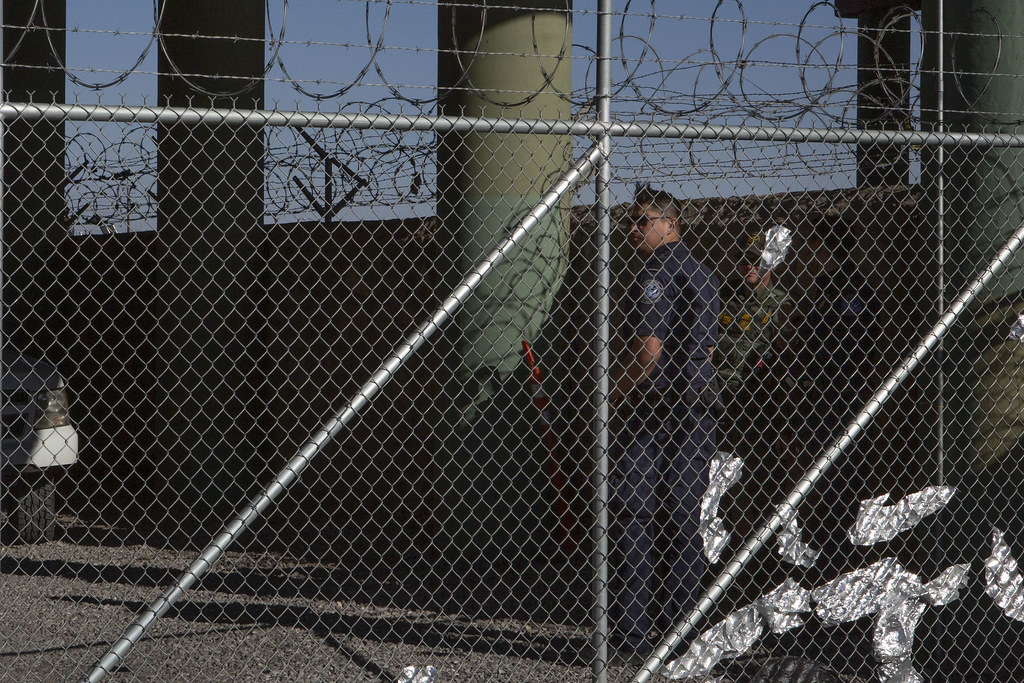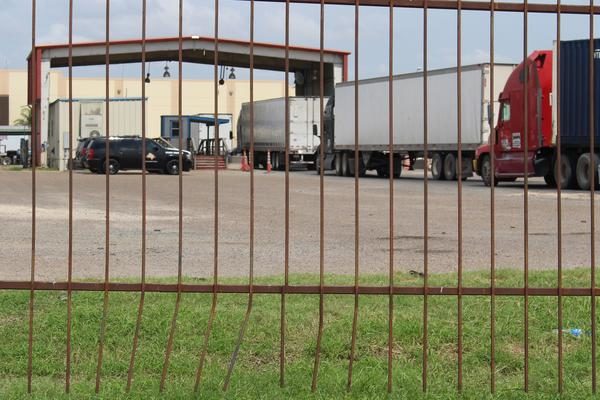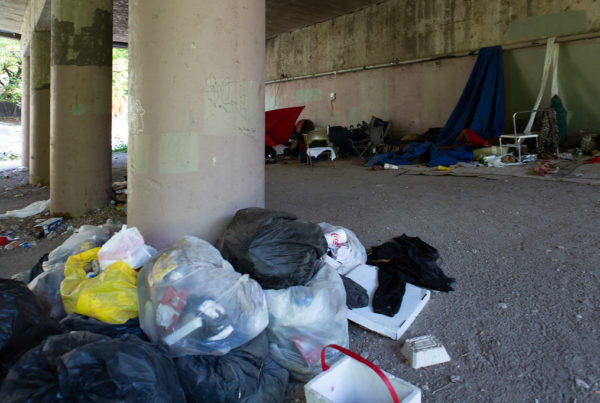The Department of Homeland Security says the number of people who were apprehended by or surrendered to federal immigration officials on the U.S.-Mexico border dropped last month by almost 30%. That’s a bigger drop than this time last year. Meanwhile, U.S. immigration officials are working to process more migrants who are already at the border, including conducting immigration hearings via teleconference in Laredo.
Julián Aguilar reports on politics and border affairs from the Texas-Mexico border for The Texas Tribune. He says border crossings typically drop at the beginning of summer because of the heat in border areas. But this year’s dip between May and June was particularly significant.
“That’s the biggest decrease they’ve seen for quite a while, especially since this started in earnest a few years back,” Aguilar says.
The Trump administration is claiming some credit for the decrease, based on its negotiations with Mexico to deploy troops at its southern border, and the administration’s own hard-line approach at the U.S.-Mexico border.
Aguilar says the Department of Homeland Security said that what it called a “crisis” at the border is far from over, especially because “loopholes” remain in the process by which migrants apply for asylum in the U.S.
The administration has been rolling out new rules along the border that require migrants seeking asylum in the U.S to remain in Mexico while their claims are processed. Aguilar says it’s unclear whether word that asylum-seekers may be prevented from staying in the U.S. during that process has filtered to migrants working their way toward the U.S. border.
In El Paso, officials have eliminated the “friend of the court” position – a way for advocates who are not licensed attorneys to represent migrants – from immigration proceedings.
“They’ve also eliminated the ‘know your rights’ campaign, which allowed some of these attorneys or advocates to explain to the migrants, before they faced the judge, what exactly the process was, and what their rights were,” Aguilar says.
Aguilar says immigration judges often grant migrants a six-week extension of their case, which allows the migrants to be more prepared, but also forces many to return to Mexico while they wait. Aguilar says many express fear about the prospect of waiting in Mexico because of the conditions there.
Written by Shelly Brisbin.















